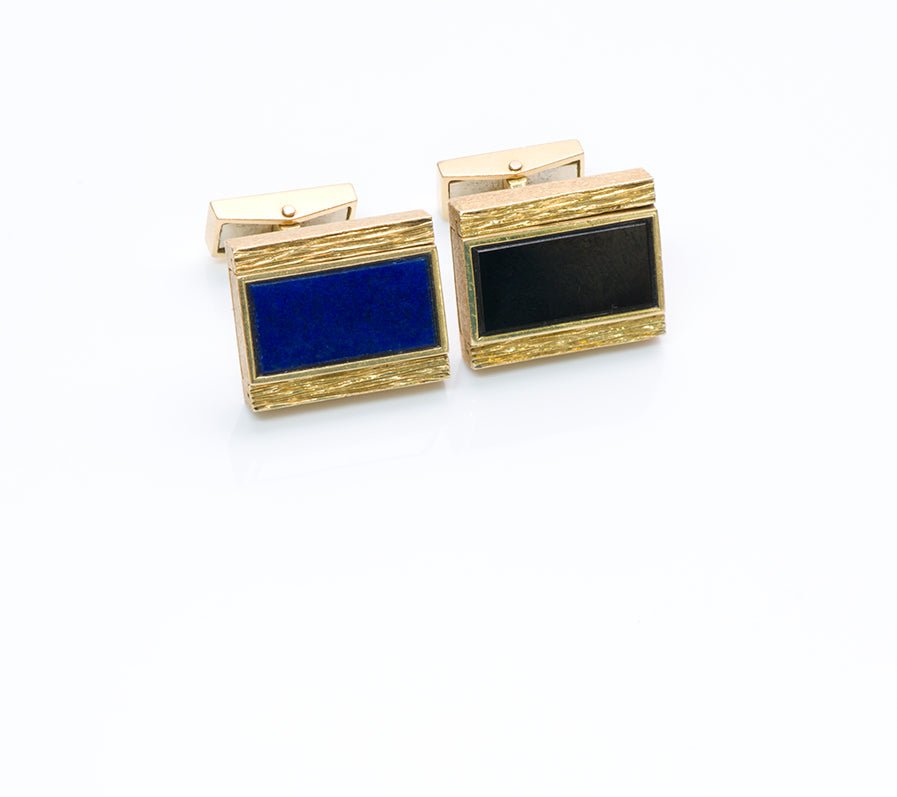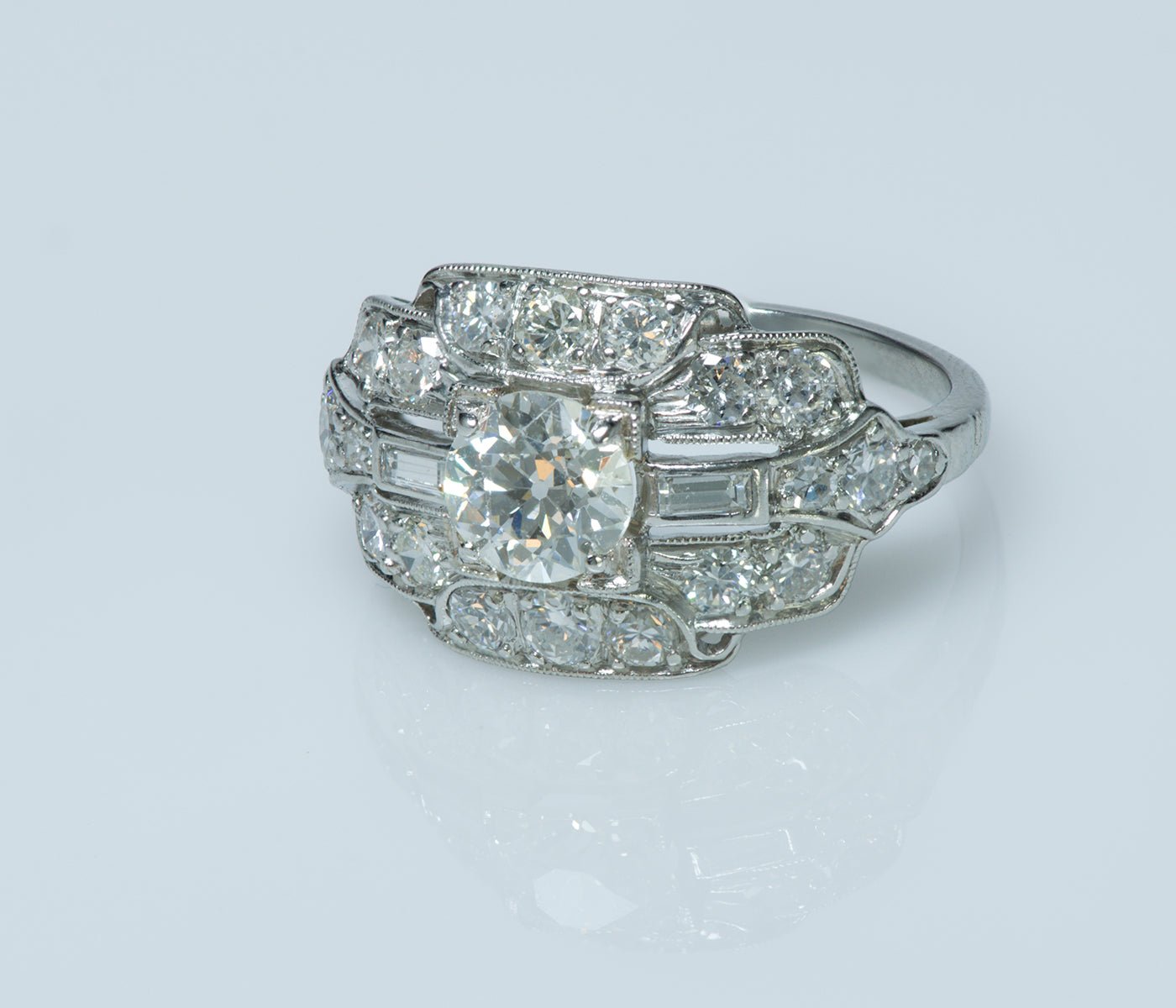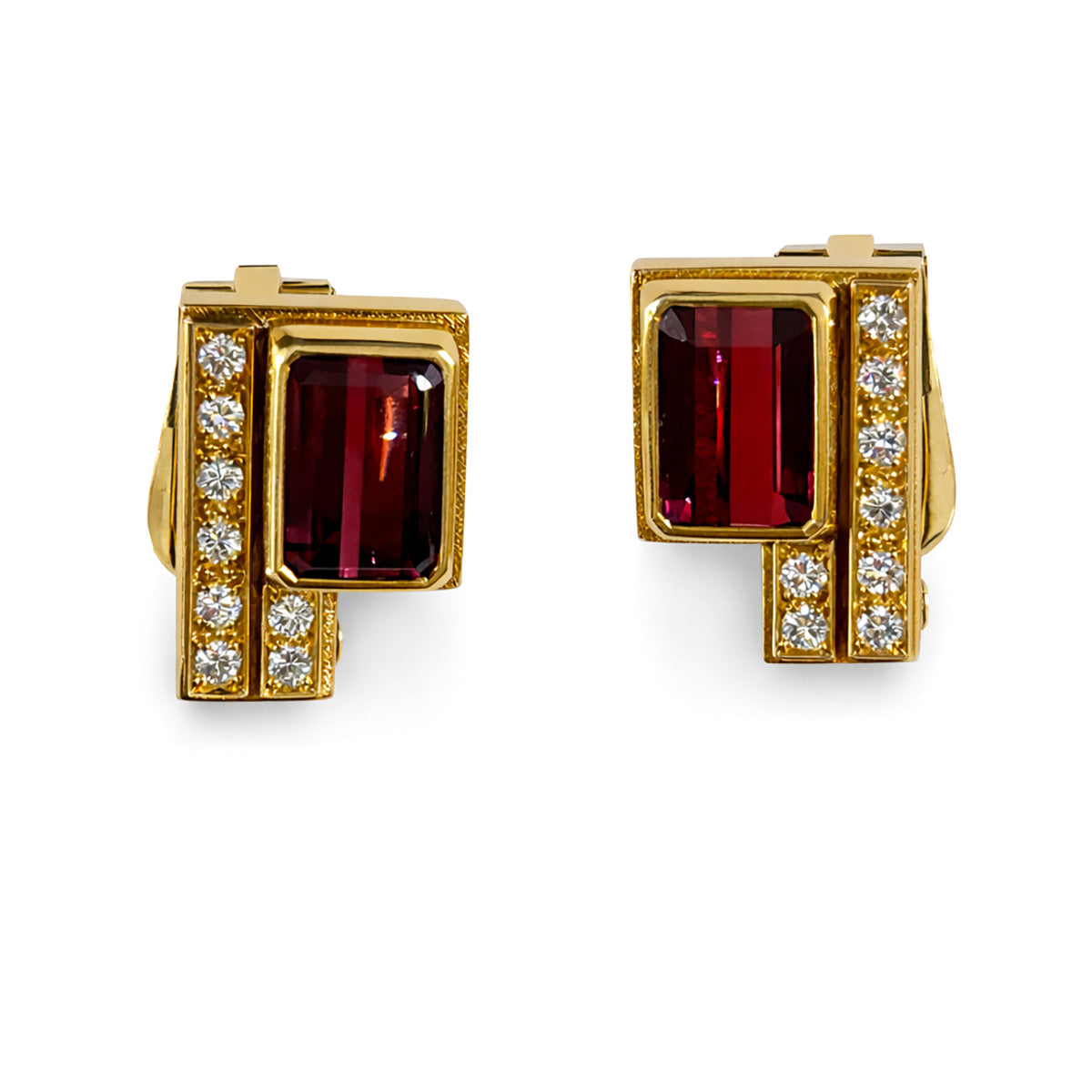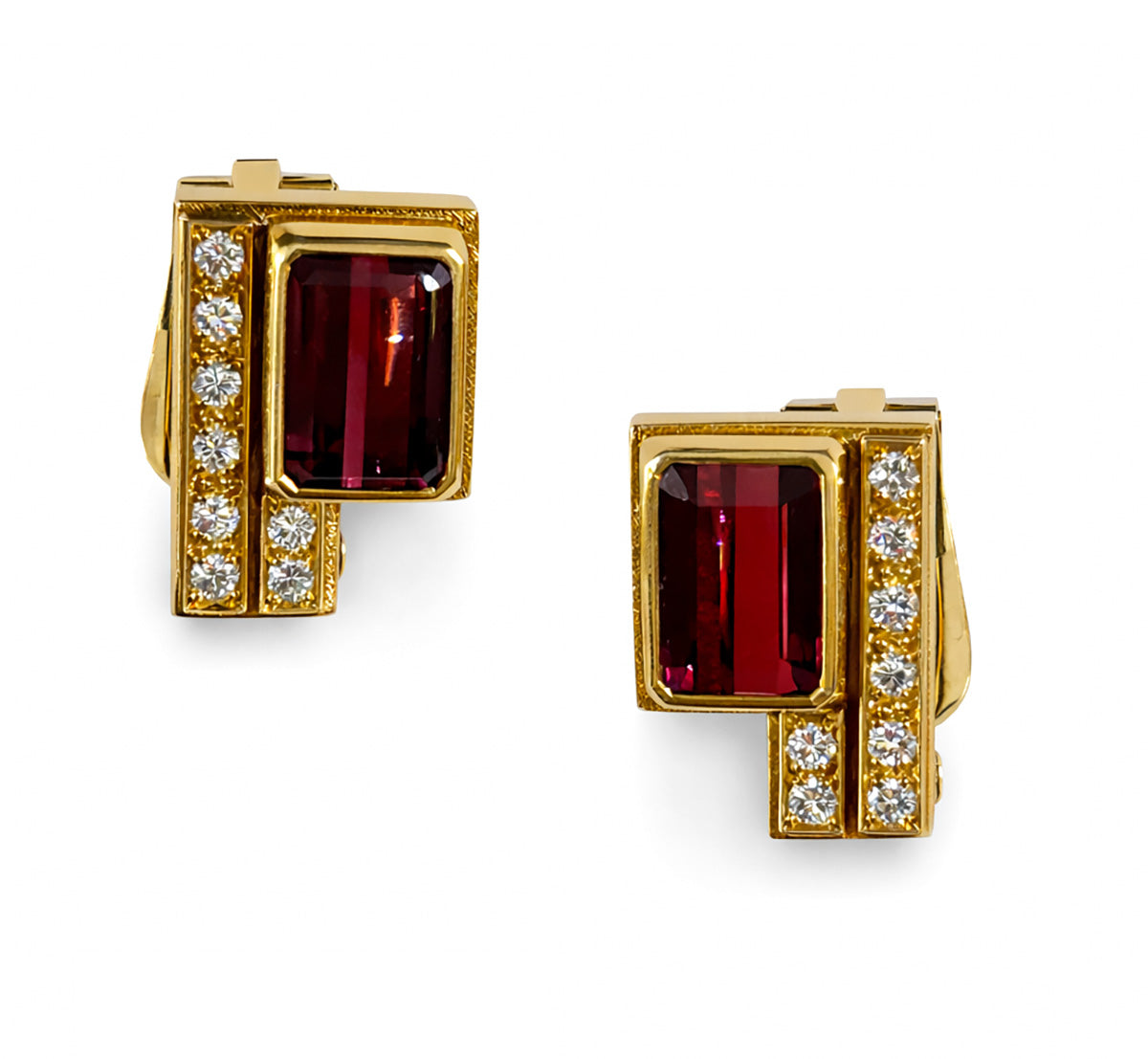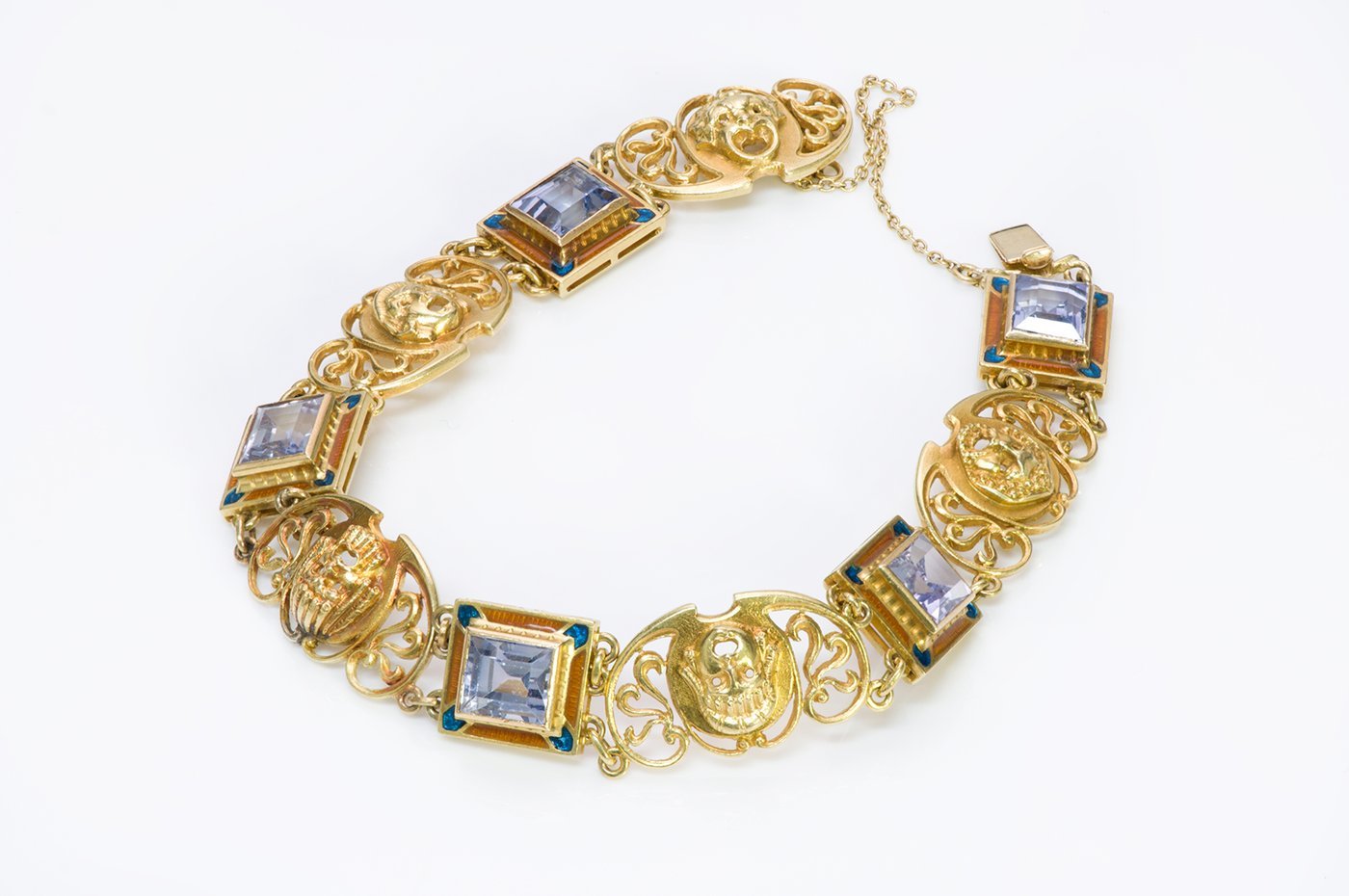
How to Choose a Bracelet
It is largely debated whether bracelets first appeared in Ancient Egypt or in Turkey. It is documented that by the time of the First Dynasty (2680 B.C.), Egyptians were wearing bracelets made of gold and silver. These jewelry pieces were beautifully crafted and decorated with semiprecious stones. Interestingly, bracelets seem to have never fallen out of fashion over the last few millennia and are back in fashion big time this season. Today we’re summing up four things to consider when buying bracelets.
1. Bracelet Material
Golden bracelets almost always look chic and you can’t go wrong with investing in an antique or vintage golden bracelet. These can be dressed down when paired with jeans or dressed up when used to accompany silk dresses or silk tops. Gold works with every color and shade. It looks especially good against black, white, and deep green. Silver bracelets go best with black clothes and also look amazing with white and gray. These shades make an excellent contrasting background for silver jewelry, without being overpowering. Silver also pairs beautifully with dark navy or royal blue.
2. Bracelet Width
The width of the band, the size of the decoration and embellishments, and apparent weight of the bracelet all matter just as much as the bracelets material. You might want to consider your bone structure when choosing the bracelet. Try wrapping your thumb and index finger around the opposite wrist. If you can touch your thumb and forefinger together with extra space, you're small-boned; if they just touch, you're medium-boned; and if they don't quite meet, you're large-boned. To make your wrists look proportional to the rest of your frame, go for chunky bracelets for large well-padded wrists, or small, delicate bracelets for narrow bony wrists. If you’re going for an elegant look and want to make your wrists look more balanced, choose medium-sized bracelets that work well for all wrist sizes.
3. Bracelet Form and Shape
The form and shape in which bracelets come has depended largely on cultural and ethnic preferences throughout history. For example, in Chinese culture, intricate cuffs and bangles carved from jade have been popular for at least four thousand years. Golden bracelets with a coral charm in the form of a fist, were worn in Latin American countries to protect against the evil eye.
In the U.S., the elaborate and unique ornate designs of the late 18th, and beginning of 19th century, gave way to mass production of Art Deco period design, which in turn, led to many people seeking reputable antique dealers in hope of finding rare and beautiful jewelry pieces.


